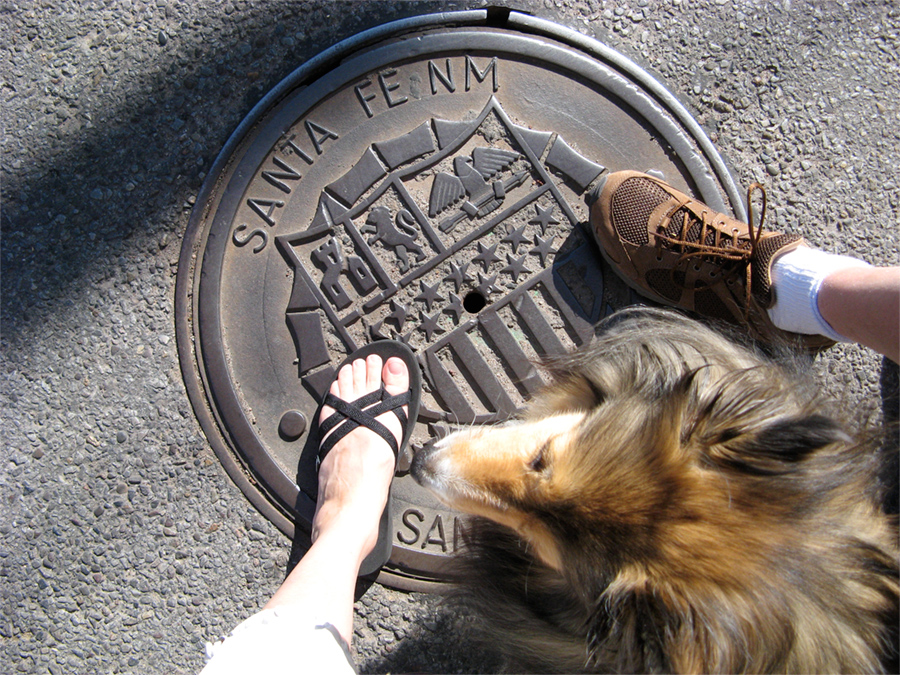I’ve been busy getting my family prepared for our annual trip across the country to my home town of Gatineau, Québec, Canada. We are leaving next week and for the first time in eight years, we will travel the Trans-Canada Highway from Alberta to Québec.
This is the snail way across the country. The slow driving gives me the opportunity to photograph manhole covers along my journey. With the intention of publishing an artists’ book of Canadian anecdotes, I will collect photographs that catch my eye along this 10-day trip.
In between preparations, I’m trying to finish phase seven and eight of City Shields by printing and cutting inserts, collating and packaging.
© 2016 Louise Levergneux, front and back of inserts ready to cut
© 2016 Louise Levergneux, phase seven, cutting the inserts
©2016 Louise Levergneux, probably the last 10 pack of Iomega Zip disks jewel cases in the world!
If any of you know where I can purchase more of these Iomega Zip Disks Jewel Cases, please email me. They have been discontinued by the manufacturer.
© 2016 Louise Levergneux, fresh off the press Vol US 26 : No 1 Dakota
Last week, I posed the question “Has the manhole cover become a point of interest for other artists?”
I received a link to Raubdruckerin Printers’ website. They print t-shirts, hoodies, tote and gym bags inspired by banal urban street manhole covers. People who buy the garments and bags become themselves a part of their project. So, the project is a refinement of the everyday culture as well as a permanent consciousness-changing connection with our surroundings.
The video below demonstrates Raubdruckerin using a manhole cover at the Centre Pompidou in Paris to print a t-shirt.
Raubdruckerin continue their journey to Berlin. The t-shirt prints are taken directly from a manhole cover using water based ink without solvent, flexibilizer, PVC or heavy metals.
What a fabulous idea! What I found even more interesting, believing in the French expression—'jamais deux sans trois' ("never twice without a third [time]"), is that I received not two but three emails with the same link. Three of my regular blog readers are thinking alike! Peggy Seeger and Cathryn Miller must hang out in the same places on the web. Betty Mallorca, a friend and painter based in Nampa, Idaho, seem to frequent the same circles as Peggy and Cathryn since she sent me the same link to this project.
How should I respond to this phenomenon? The never twice without a third is a sign, I’m sure! Do I contact this group based in Berlin? Do I start a dialogue of my project City Shields with Raubdruckerin? Do any of you know the group?
Back to packing!

















































